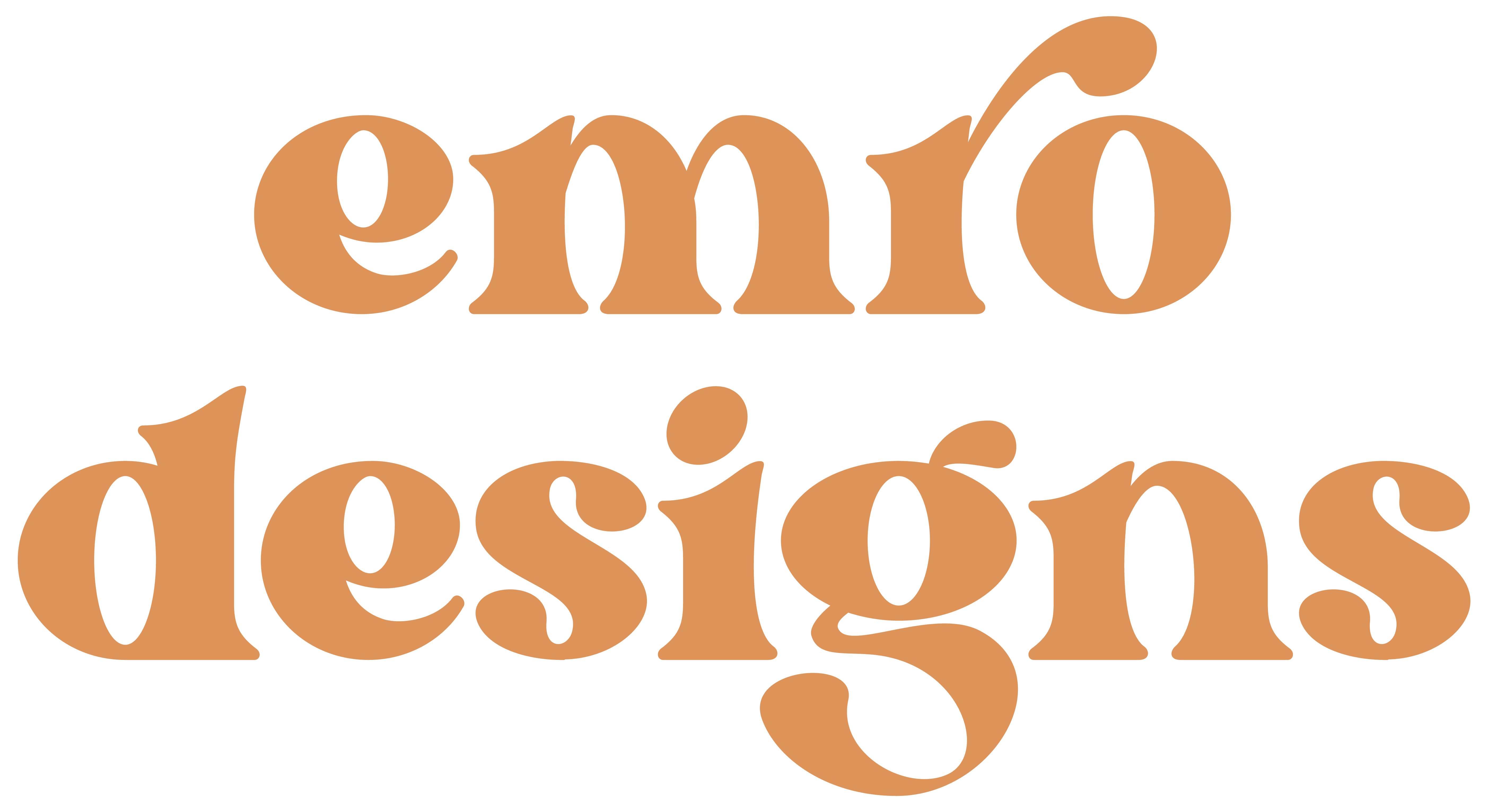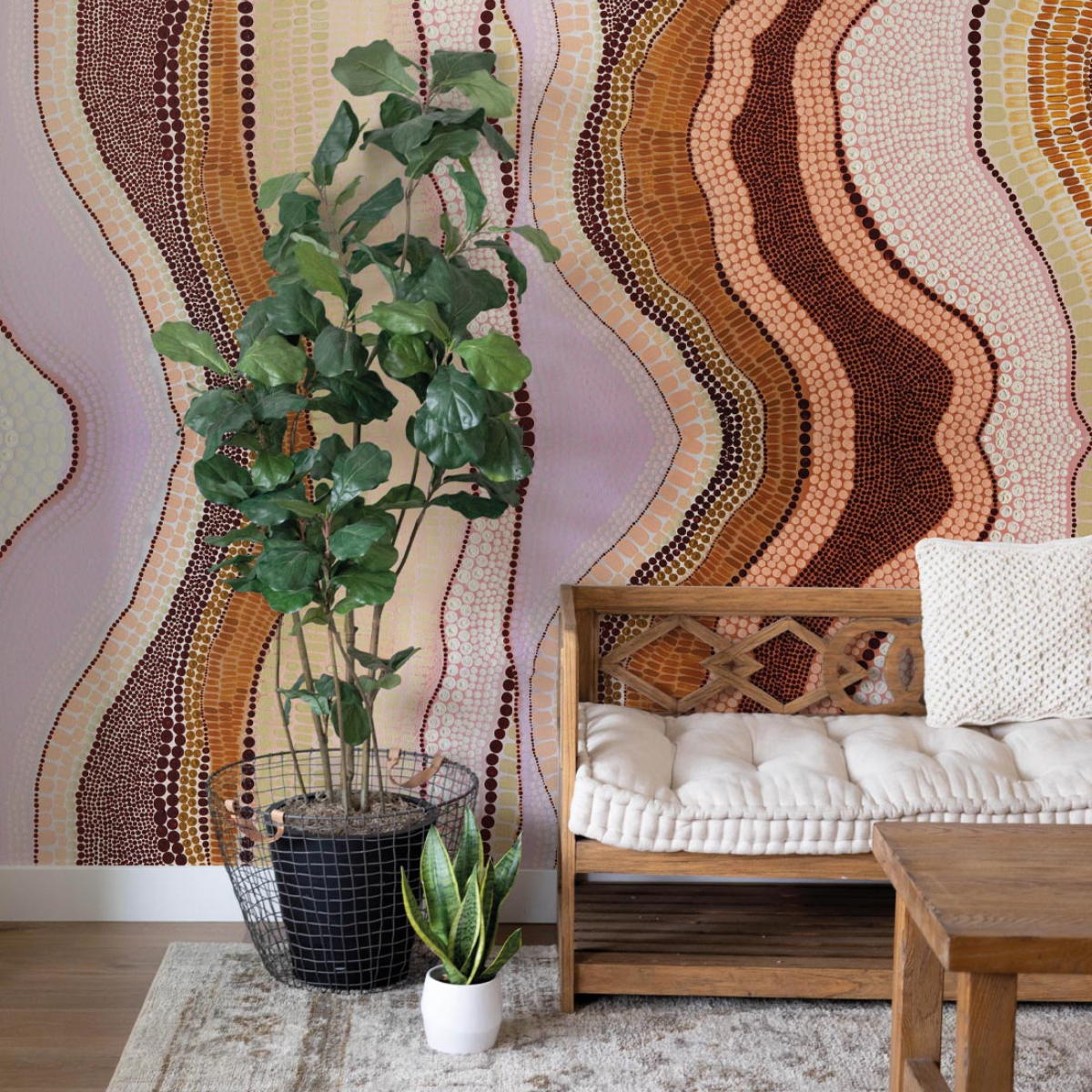Wallpaper Installation & Care

Download Hanging Instruction PDF
‘Paste-the-wall’ wallcoverings use a special backing containing ‘non- woven’ or polyester fibers, which means that the wallcovering is dimensionally stable and doesn’t expand when wet. Allowing the paper to be hung dry from the roll, reducing the installation time by around half. No paste table is needed, there’s no soaking time, and it’s easier to cut around light switches and sockets, because the paper is dry.
Our wallpaper is a beautiful thing, and hanging it should be undertaken with the same delicacy and precision we put into making it. Paste the wall’s dimensional stability also means there is less risk of bubbling, creasing or edge curl. Overall, it’s a much easier product for the newcomer to paperhanging. The best adhesive to use is an all-purpose ready mix; but any good wallpaper paste will do the trick.
Wallpaper is also no longer a life sentence. Removing it is just as easy as putting it up. Gone are the days of struggling with stubborn wallpaper, cementing the thought that you’ll never hang wallpaper again! Those days are history when it comes to the non-woven paste-the-wall wallpaper by Milton & King. To help with both the installation and removal of our wallpapers, we’ve rustled up a few insider’s tips.
Is installing wallpaper difficult? Could I do it myself?
No it’s not too difficult and you can totally do it!! All Emro Designs wallpaper is manufactured using a non-woven, paste-the-wall base, and finished/trimmed with a butt-join seam. This means that installing our wallpaper is a relatively simple process. You just require a good dose of patience and have a well prepared surface.
What wallpaper paste should I use?
Most commercially available pastes are of equal quality and for most applications will do the trick. You can pick these up from any good hardware store or wallpaper shop.
What tools & supplies will I require for install?
You’ll need:
+ Wallpaper
+ Wallpaper paste (a quality fungicide protected, tub adhesive) + Measuring tape
+ Scissors
+ Paint roller, paint tray and paint brush
+ Drop cloth
+ Sponge
+ Bucket of clean water
+ Straight edge
+ Pencil
+ Level
+ Craft knife (with ample blades)
+ Smoothing tool (brush or plastic)
+ Seam roller (if available)
How do I prepare for my wall ready to be prepared?
Preparing a wall for wallpaper is like laying good foundations for a beautiful home. It needs to be done methodically, and thoroughly. So find the perfectionist within you and follow these steps:
+ You want the wall as clean as possible, so remove all traces of dirt, old wallpaper, and flaking paint.
+ With a suitable filler, even out cracks and irregularities to achieve a satisfyingly smooth surface.
+ Once you’ve smoothed, filled, and sanded your wall, make sure all surfaces are clean and dry.
+ Remove electrical coverings.
Should I "prime" my wall first?
Primer acts as a protectant/sealer that prevents the paste from being absorbed into a unpainted wall and allows it to grip to slick surfaces. It is highly recommended that you prime a wall before hanging wallpaper because it creates an even surface for the wallpaper to adhere to as well as makes the wallpaper removal process much easier should you ever decide to update the wallpaper.
How do I hang "Paste-the-Wall" wallpapers?
After following the normal checks of batches, and drawing a plumb line follow these 3 easy steps:
Step 1: Paste the wall rather than the paper. This is the quickest, cleanest and easiest way to wallpaper as unlike conventional wallpaper you can paste the wall rather than the paper, meaning no soak time and no pasting table, cutting decorating time in half.
Step 2: Hang dry straight from the roll, because ‘Paste-the-wall’ products are dimensionally stable when wet there is no need to soak them. This means the product can be hung dry from the roll, with less mess.
Step 3: Trim for perfect finish. Because it is hung dry ‘Paste-the-wall’ is easier to trim either with a knife or by running the back of your scissors along the edge of the wallpaper. This will leave a visible crease on the front and back of the wallpaper, cut along this crease and brush back into place for a perfect finish. Plus: It is easy to remove. ‘Paste-the-wall’ is easy to remove when you fancy a change – simply lift a corner and peel upwards to remove.
How much of the wall should I paste?
Don’t paste the entire wall before starting to hang your wallpaper. Simply paste one drop at a time and work around the room methodically.
Can I clean the wallpaper?
Yes you can. Our wallpapers are protected with two coats of a specially formulated glaze, making the non-woven base and paper top layer very durable and easy to clean. Dirt, dust and other marks can be simply cleaned using a damp cloth with soapy water. Make sure you do not get the wallpaper too wet. It is best to have a dry cloth with you to wipe up the excess solution. Finish this washing process by rinsing the wallpaper with a lightly dampened cloth or sponge with water alone. Then immediately dry the wallpaper with a terry-cloth towel. Stains caused by grease and oil, ball point pen, felt tip markers, crayons etc, may be removed using a solvent cleaner like methylated spirits or acetone. Note: Please use caution when using these cleaners as Emro Designs accept no responsibility for any loss or damage that may occur from their use or during cleaning.
Is removing your wallpaper easy?
Yes it is! Paste-the-wall wallpapers are designed to be dimensionally stable when installing and dry strippable making for easy removal. They peel off easily when it’s time to change, so there’s no need for steaming or soaking. Simply lift a corner at the base of the wall and peel upwards!
Is there any extra considerations when using wallpaper?
To get the best out of your wallpaper, please take the following points into consideration:
While our papers can be hung in bathrooms, laundries and kitchens, they are not suitable for high humidity areas. If planning to paper a humid room, please fully consider the general environment of the room and potential implications before you proceed.
Local conditions will differ from room to room depending on size, extraction, and general humidity, all of which give varying levels of condensation. As such, we cannot guarantee our papers’ suitability across all situations.
Please ensure sufficient ventilation; whilst our papers are wipe-able, they are not waterproof.
Air the room! Remember never to shut up a room of newly-hung wallpaper, but leave to air and maintain a normal room temperature to ensure the wallpaper dries properly. The room and wall should be kept at a minimum of 18 °C.
Raised edges, blistering and gaps? These common problems are not due to the wallpaper, but rather to the amount of adhesive used, the surface and the method of wallpapering. Emro Designs is not responsible for painting and re-wallpapering costs or costs associated with loss of time or any other indirect damage.
What size are the samples?
We offer samples for all of our wallpapers. Samples are standard size A4 . While our wallpaper photography is colour matched to each product, colours can vary on different computer screens. Please note our samples are pre-cut and intended for colour matching purposes, so while they should contain all the colours of the pattern, they likely will not include full elements of the pattern, like all the patterns or dots
What does "Paste-the-wall" mean?
When using Paste-the-Wall wallpaper, the paste is applied directly to the wall before hanging each strip. This wallpaper is made with a special backing that does not expand when wet; therefore, it does not need to soak as in other application methods. Using Paste-the-Wall wallpaper could cut your hanging time in half. Since the wallpaper does not need to soak prior to hanging, it can be hung more easily and quickly. Also, you won’t need to set up a pasting table which can also save you some of the mess and clean up.
What is a "butt-join"?
A seam in which the wallpaper strips meet exactly, edge to edge. The two edges of the wallpaper should be touching but not overlapping. All our wall coverings are finished as a butted join for easy installation. A seam roller is a tool that can be used to seal the wallpaper seams and help smooth any edges that have lifted. Do not roll the seams too aggressively or you will push out all the adhesive
What does pattern repeat mean?
Pattern repeat measures the design on your wallpaper. It is the vertical distance between one point in the pattern and where that identical point appears again. Pattern repeats can vary in size and are important to keep in mind when deciding how much wallpaper to order


